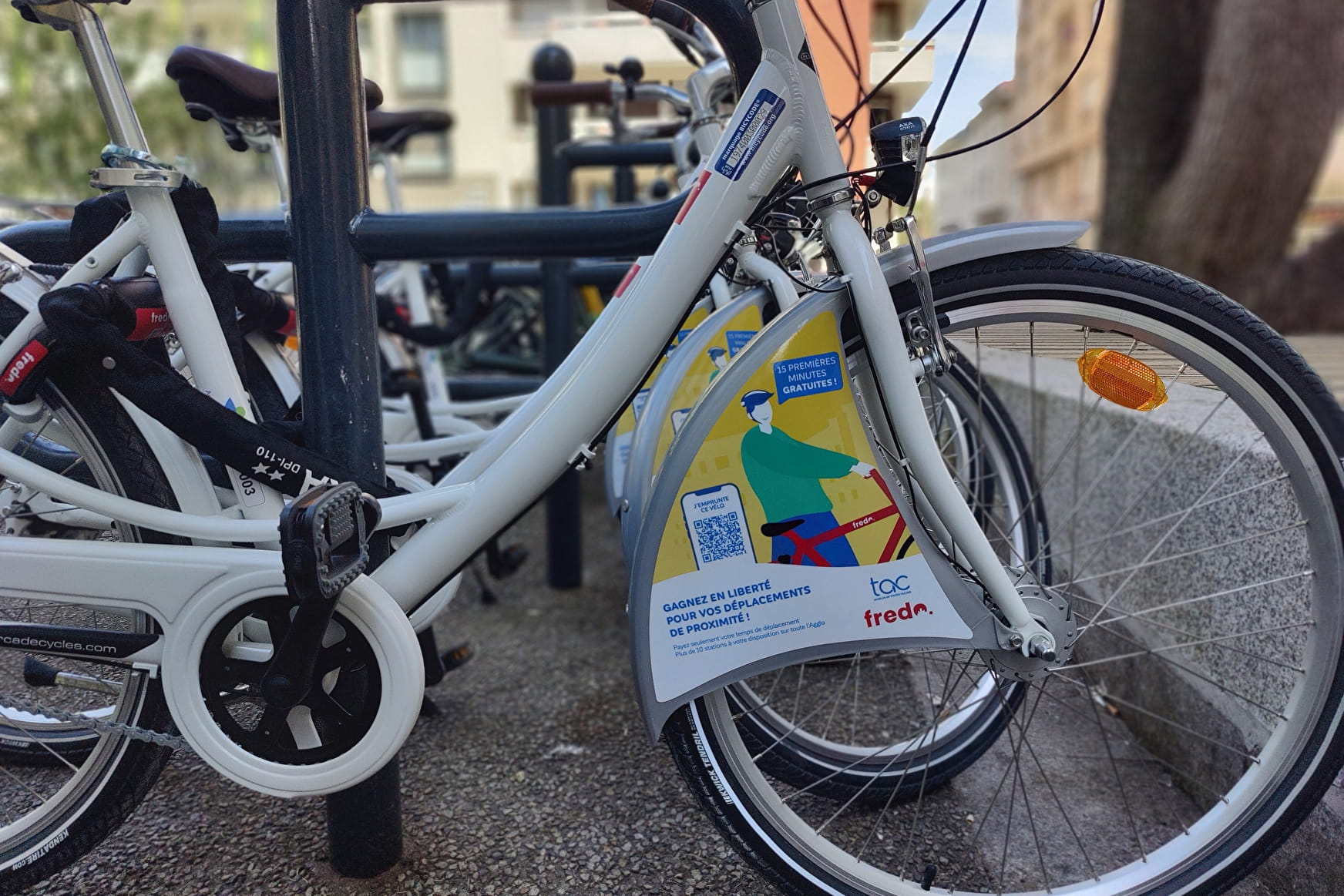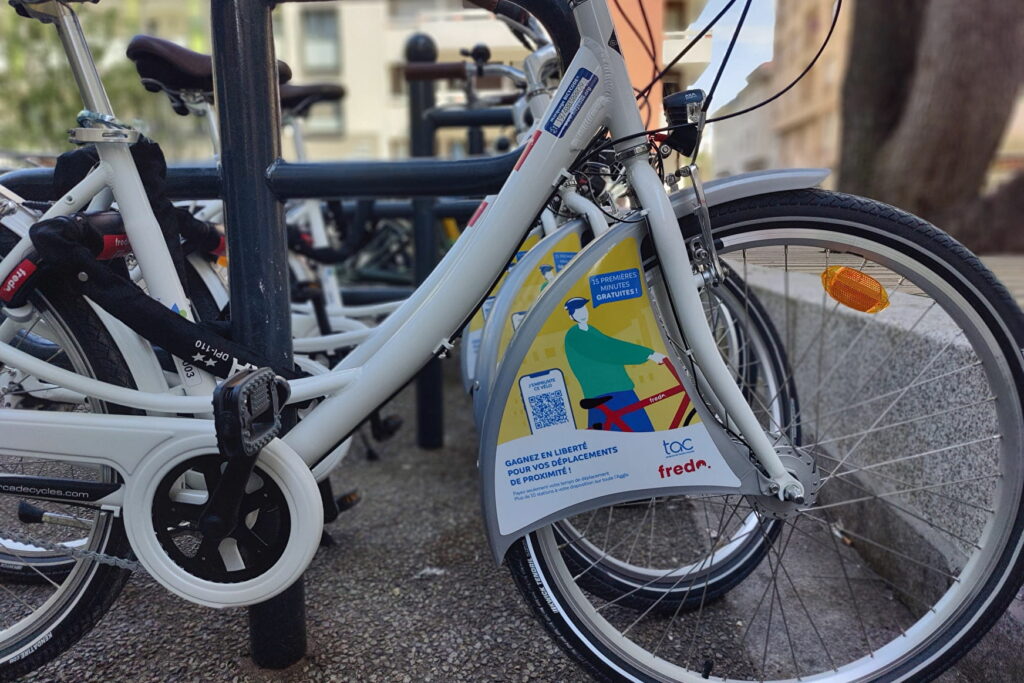In recent years, urban landscapes around the world have witnessed a significant transformation with the rise of self-service bicycle systems. These systems, often referred to as bike-sharing or public bicycle schemes, have become an integral part of modern urban mobility solutions, offering a convenient, eco-friendly, and cost-effective alternative to traditional modes of transportation. This article explores the various aspects of self-service bicycles, including their benefits, the technology behind them, and their impact on urban life.
Benefits of Self-Service Bicycles
- Environmental Impact: One of the most compelling reasons for the adoption of self-service bicycles is their positive impact on the environment. By reducing reliance on motor vehicles, bike-sharing programs help decrease greenhouse gas emissions, air pollution, and traffic congestion. Cities that have implemented these systems often see a noticeable improvement in air quality and a reduction in carbon footprints.
- Health and Wellness: Cycling is an excellent form of exercise that promotes cardiovascular health, strengthens muscles, and improves mental well-being. Self-service bicycles encourage more people to incorporate physical activity into their daily routines, contributing to healthier lifestyles. Additionally, the accessibility of these bikes makes it easier for people of all fitness levels to engage in regular exercise.
- Cost-Effectiveness: For many urban dwellers, owning a car is an expensive proposition, with costs including purchase price, maintenance, fuel, and parking. Self-service bicycles offer a much more affordable transportation option. Users can rent a bike for a minimal fee, avoiding the high costs associated with car ownership and public transportation fares.
- Convenience and Accessibility: Self-service bicycle systems are designed to be user-friendly and accessible. Bikes are typically available at numerous docking stations strategically located throughout a city, making it easy for users to find and return them. Many systems also offer mobile apps that allow users to locate bikes, check availability, and make payments seamlessly.
Technology Behind Self-Service Bicycles
The success of self-service bicycle programs is largely due to the sophisticated technology that underpins these systems. Key components include:
- Docking Stations: Docking stations are the physical hubs where bikes are stored and locked when not in use. These stations are equipped with secure locking mechanisms and often have payment kiosks for users who prefer not to use mobile apps. Some advanced stations even offer charging points for electric bikes.
- GPS Tracking: Modern self-service bicycles are typically equipped with GPS tracking devices. This technology allows operators to monitor the location and status of each bike in real-time, ensuring efficient management of the fleet. It also enhances user security by providing a way to track lost or stolen bikes.
- Mobile Applications: Mobile apps play a crucial role in the functionality of self-service bicycle systems. These apps enable users to locate nearby bikes, check their availability, unlock bikes using QR codes or NFC technology, and make payments. The apps often provide additional features such as route planning, usage history, and customer support.
- Smart Locks: Smart locks are a key feature of self-service bicycles, allowing for easy and secure access. These locks can be controlled via mobile apps, and some models even use biometric authentication for added security. The integration of smart locks simplifies the rental process and reduces the risk of theft.

Impact on Urban Life
- Reducing Traffic Congestion: One of the most significant benefits of self-service bicycles is their ability to alleviate traffic congestion in urban areas. By providing an alternative to cars, these systems help reduce the number of vehicles on the road, leading to smoother traffic flow and shorter commute times.
- Promoting Sustainable Urban Planning: The integration of self-service bicycle systems into urban planning encourages the development of bike-friendly infrastructure. Cities are investing in dedicated bike lanes, bike parking facilities, and traffic calming measures to support the growing number of cyclists. This shift towards sustainable urban planning not only benefits cyclists but also enhances the overall quality of life for all residents.
- Fostering a Sense of Community: Self-service bicycle programs often have a positive social impact by fostering a sense of community. Shared biking experiences can bring people together, creating opportunities for social interaction and collaboration. Community events and initiatives related to cycling further strengthen these social bonds.
- Enhancing Public Transportation Networks: Self-service bicycles complement existing public transportation networks by providing a flexible and convenient option for the first and last miles of a journey. For example, commuters can use bikes to travel from their home to a train station or bus stop and then continue their journey using public transit. This seamless integration enhances the overall efficiency and appeal of public transportation.
Challenges and Future Prospects
While self-service bicycle systems offer numerous benefits, they also face several challenges. Vandalism, theft, and maintenance issues are common problems that operators must address. Additionally, ensuring equitable access to bikes for all residents, including those in underserved areas, remains a critical concern.
Looking ahead, the future of self-service bicycles appears promising. Advances in technology, such as the development of electric bikes and improvements in GPS and mobile app capabilities, will continue to enhance the user experience. Moreover, as cities increasingly prioritize sustainable transportation solutions, the expansion of bike-sharing programs is likely to accelerate.
In conclusion, self-service bicycles represent a transformative force in urban mobility. By offering a convenient, eco-friendly, and health-promoting transportation option, these systems are reshaping the way people navigate cities. As they continue to evolve and expand, self-service bicycles hold the potential to create greener, healthier, and more connected urban environments for future generations.
